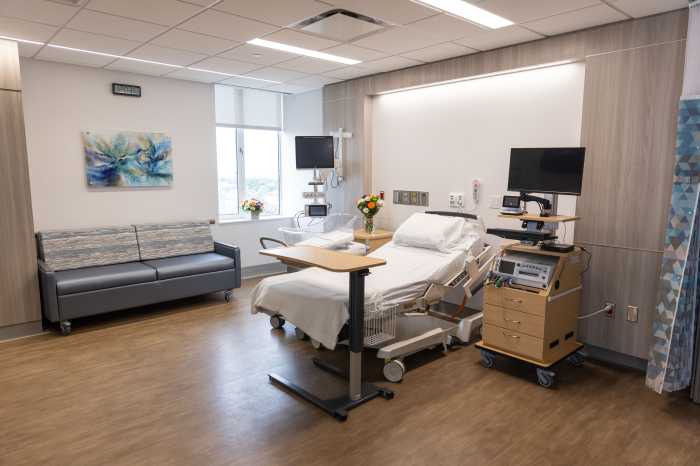By Tom Momberg
Students attending charter schools in the city are receiving much less public support compared to their counterparts in public city schools operated by the city Department of Education, a recent study found.
The city Independent Budget Office published a report last month comparing public financial support for traditional public school with support for charter schools for the 2014-2015 school year, revealing a growing disparity in per-pupil funding between the two since the IBO published a similar report from the 2009-2010 school year.
The study concluded that charters operating in private space received $2,914 less in per-pupil funding than traditional public schools in the last school year, which grew from a $2,258 gap just five years ago. But charter schools operating in co-located public school buildings received just $29 less in per-pupil funding than public schools, according to the IBO.
The city DOE did not respond to requests for comment regarding the disparity in funding and future pension payouts.
Success Academy, one of the city’s largest charter school organizations, operates a few public charter schools in Queens, including ones in Springfield Gardens and Rosedale.
Success said IBO’s report overestimates public financial support of charter schools, as it has calculated its per-pupil public funding at $13,777, which is the approved operating expense for all charters, according to the IBO.
But the IBO report also includes funding estimates for charter schools for transportation, food services and textbooks, adding up to more than $1,000. Success Academy Senior Managing Director of Public Affairs Ann Powell said those additional services are not actually provided by the DOE as they are in co-located public schools.
“Our children don’t ride DOE buses, don’t eat DOE lunches and don’t use DOE textbooks,” she said.
The New York City Charter School Center, which serves as a hub and support network for newly established public charters, said in its blog that IBO also underestimates the costs of pensions and retirement benefits to DOE employees, noting the gap may continue to grow as future pension payouts are set to increase.
Though the Success Academy locations in Queens were privately funded in their first couple of years as they only encompassed a few grade levels. Once they expanded, they relied solely on the public per-pupil funding, even though the charters provide about 30 percent more instructional time than traditional public schools, Powell said.
And in terms of student outcomes, “Success Academy schools dramatically outperform New York City’s district schools — they outperform many suburban schools as well,” Powell said. The organization subsists on limited fundin because “Success has eliminated bureaucracy and applied best practices to its business operations as well as its teaching and learning.”
Families for Excellent Schools, a nonprofit advocacy group that builds coalitions over education policy, said fixing the disparity is important not only for students attending charters, but also to begin addressing the issues with the city’s public education system.
“This independent report shows once and for all that the rhetoric from special interests is completely wrong—public charter school students are underfunded and deprived of the resources they deserve,” the organization’s CEO, Jeremiah Kittredge, said in a statement. “As study after study has found charter schools do more with less.”
IBO attributes the disparity in funding between charter schools in private locations and DOE schools to a two-year lag in funding, because public support for charters is determined by the DOE’s approved local operating expenses from two years earlier.
Reach reporter Tom Momberg by e-mail at tmomb



































